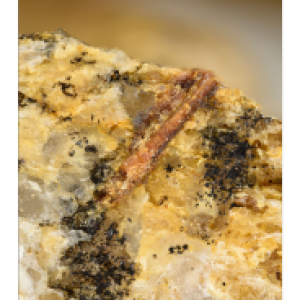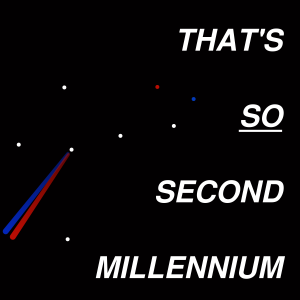
In this episode we continue into the next logical topic, absolute dating, which is done via measurement of radioactive parent and daughter isotopes. Thus we move from the 19th century and classical physics into yet another way in which 20th century physics has revolutionized science.
Paul gives a rundown, with many apologies for the exact data of isotope numbers and half-life lengths he has managed to forget, of the theory of radioactive decay. Bill, our proxy for the man on the street, starts us off with a common notion of half-life. From there we cover some of the basics and most commonly used isotopic systems: uranium-lead, thorium-lead, a discussion of why carbon 14 is so seldom used in geology, potassium-argon, and a note that more systems are always being brought into use. We discuss the distinct types of rocks that are best used for radiometric dating and how the relative dating methods have to be used in an interwoven system with radiometric dating in order to assemble the whole system of geochronology that we use today.
We end the podcast with a discussion of how science is the very opposite of a conspiracy theory or a political campaign. The geologic dating systems need interlocking data, and they also benefit from it. In such a system, contradictions do spring up--one study doing biostratigraphy might conflict with another using zircons. What science does is not to sweep that under the rug...instead we throw resources and graduate students at it until we get a resolution to the conflict.
(Zircon photo credit Harald Schillhammer via mindat.org. Note the pink and brown coloration...brown zircon is commonly that color due to radiation damage from the uranium and thorium it contains.)
More Episodes
Create your
podcast in
minutes
- Full-featured podcast site
- Unlimited storage and bandwidth
- Comprehensive podcast stats
- Distribute to Apple Podcasts, Spotify, and more
- Make money with your podcast
It is Free
- Privacy Policy
- Cookie Policy
- Terms of Use
- Consent Preferences
- Copyright © 2015-2024 Podbean.com







